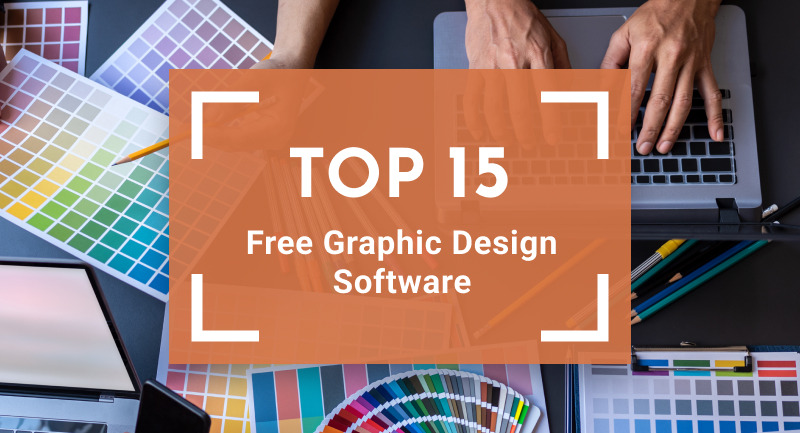Unveiling the Secrets of Ghosted Domains
Explore the intriguing world of expired domains and online opportunities.
The secret life of graphic design software
Uncover the hidden features and untold stories of graphic design software that can transform your creative process!
The Hidden Features of Popular Graphic Design Software
In the world of graphic design, popular software like Adobe Photoshop, Illustrator, and CorelDRAW are packed with hidden features that can significantly enhance productivity and creativity. For instance, Photoshop has a lesser-known feature called Content-Aware Fill which allows designers to remove unwanted elements from images seamlessly. This powerful tool analyzes the surrounding pixels and fills in the gaps intelligently, saving hours of manual editing. Additionally, Illustrator users can make use of the Asset Export Panel to quickly export various assets directly from the artboard without having to individually select each item.
Another gem in the realm of graphic design software is the Smart Objects functionality in Photoshop, which enables non-destructive editing. This feature allows designers to apply transformations without altering the original image, providing versatility in design adjustments. Moreover, for Illustrator, the Live Paint Bucket Tool often goes unnoticed; it enables users to color artwork with incredible freedom, transforming complex vector designs into easily editable colors. By leveraging these hidden features, graphic designers can unlock new levels of creativity and efficiency in their projects.

How to Choose the Right Graphic Design Software for Your Needs
Choosing the right graphic design software can significantly impact your workflow and the quality of your designs. Start by evaluating your specific needs. Are you focusing on digital art, print design, or perhaps UI/UX projects? Understanding the type of projects you’ll be working on will steer you towards software that excels in those areas. For instance, Adobe Illustrator is excellent for vector designs, while Adobe Photoshop is ideal for photo editing and raster graphics. Additionally, consider your level of expertise; beginner-friendly tools like Canva or Affinity Designer provide a more intuitive experience, whereas advanced software might require a steeper learning curve.
Next, assess the available features and tools of each graphic design software. Look for functionalities that align with your design style. For example, if you need extensive typography options, software with robust text management capabilities should be a priority. It’s also wise to consider compatibility with other programs you may use, such as illustration or 3D modeling software. Lastly, don’t overlook the aspect of community support and resources. A platform with a vast user community can provide valuable tutorials, plugins, and forums to help you maximize your software's potential.
Common Misconceptions About Graphic Design Software Debunked
Many people believe that graphic design software is a one-size-fits-all solution, catering to both amateur and professional designers alike. This misconception can lead to frustration for newcomers who expect the same results from beginner-friendly tools as they would get from more advanced programs. In reality, different software serves different needs; for example, while Adobe Photoshop excels in raster graphics, Adobe Illustrator is ideal for vector art. Understanding the specific strengths of each tool can greatly enhance your design capabilities and improve your workflow.
Another common myth is that graphic design software can instantly transform anyone into a creative genius. Many believe that simply owning expensive software will grant them the skills needed for effective design. However, the truth is that mastering these tools requires time, practice, and an understanding of design principles. Skill in graphic design comes from understanding concepts such as color theory, composition, and typography, coupled with the effective use of the software. Hence, it is essential to invest time in learning both the software functionalities and the art of design itself.